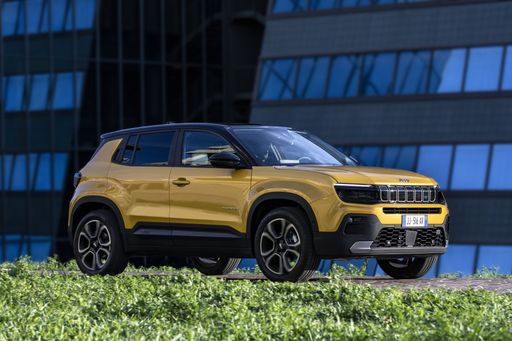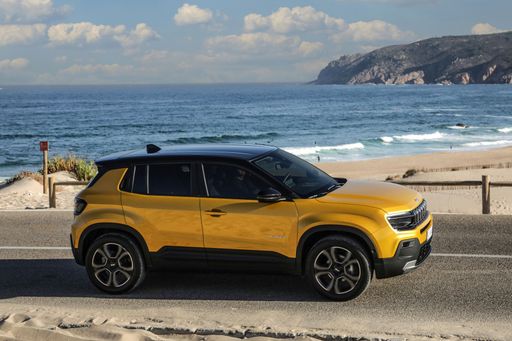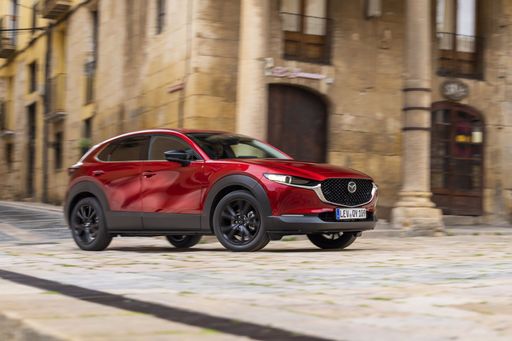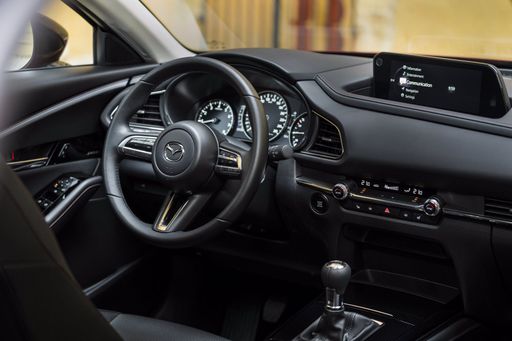The Compact SUV Clash: Jeep Avenger vs. Mazda CX-30
The compact SUV market has never been more competitive, with automotive enthusiasts constantly on the lookout for vehicles that offer the perfect balance of performance, innovation, and style. One of the most exciting showdowns in this segment is between the Jeep Avenger and the Mazda CX-30. Each brings a unique set of features, appealing to different kinds of drivers.









